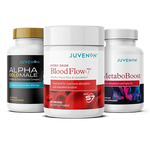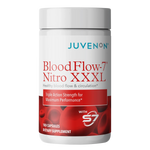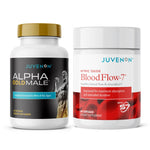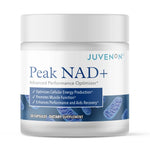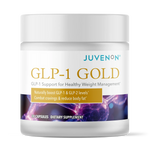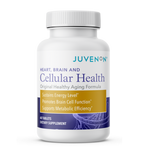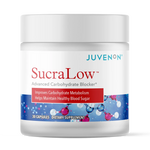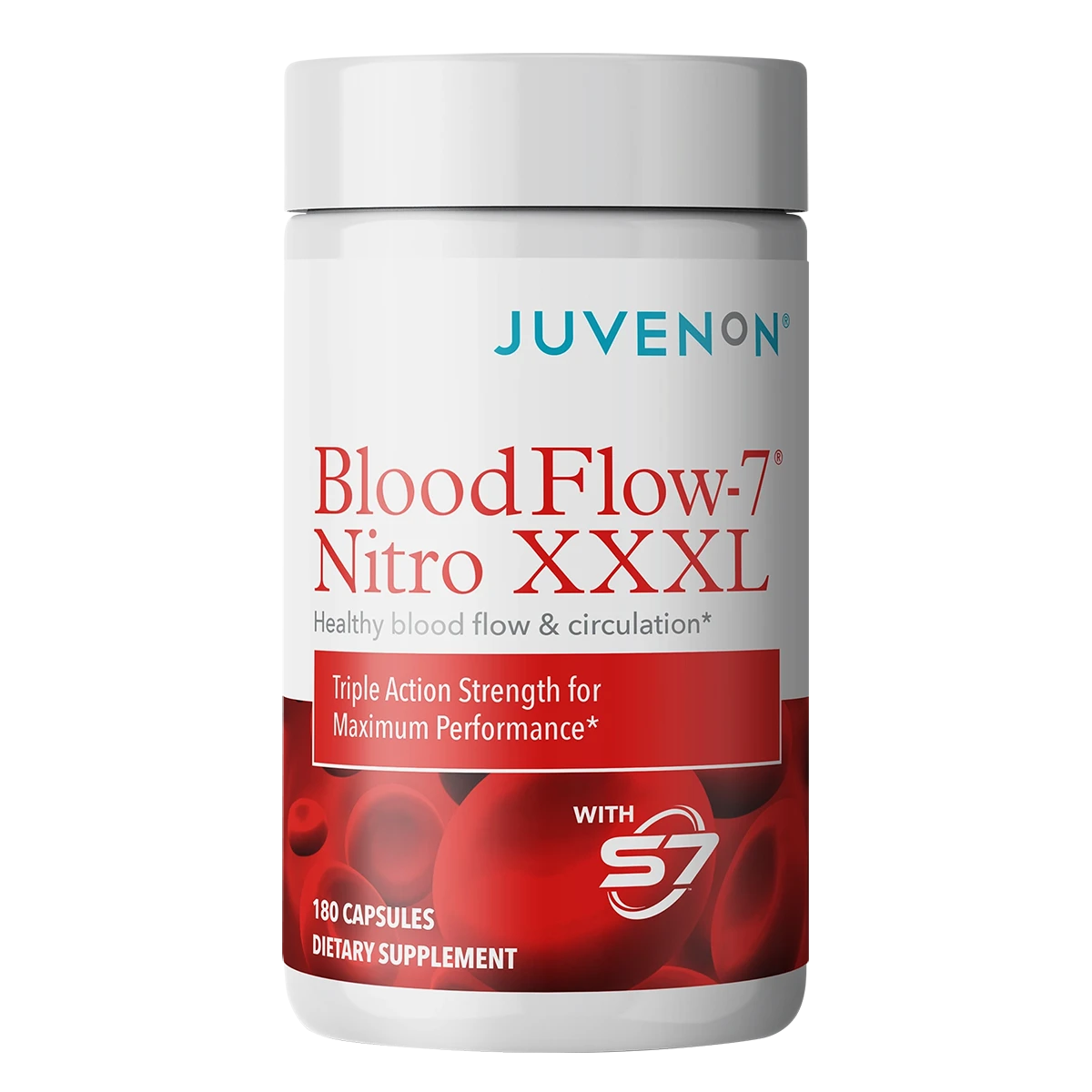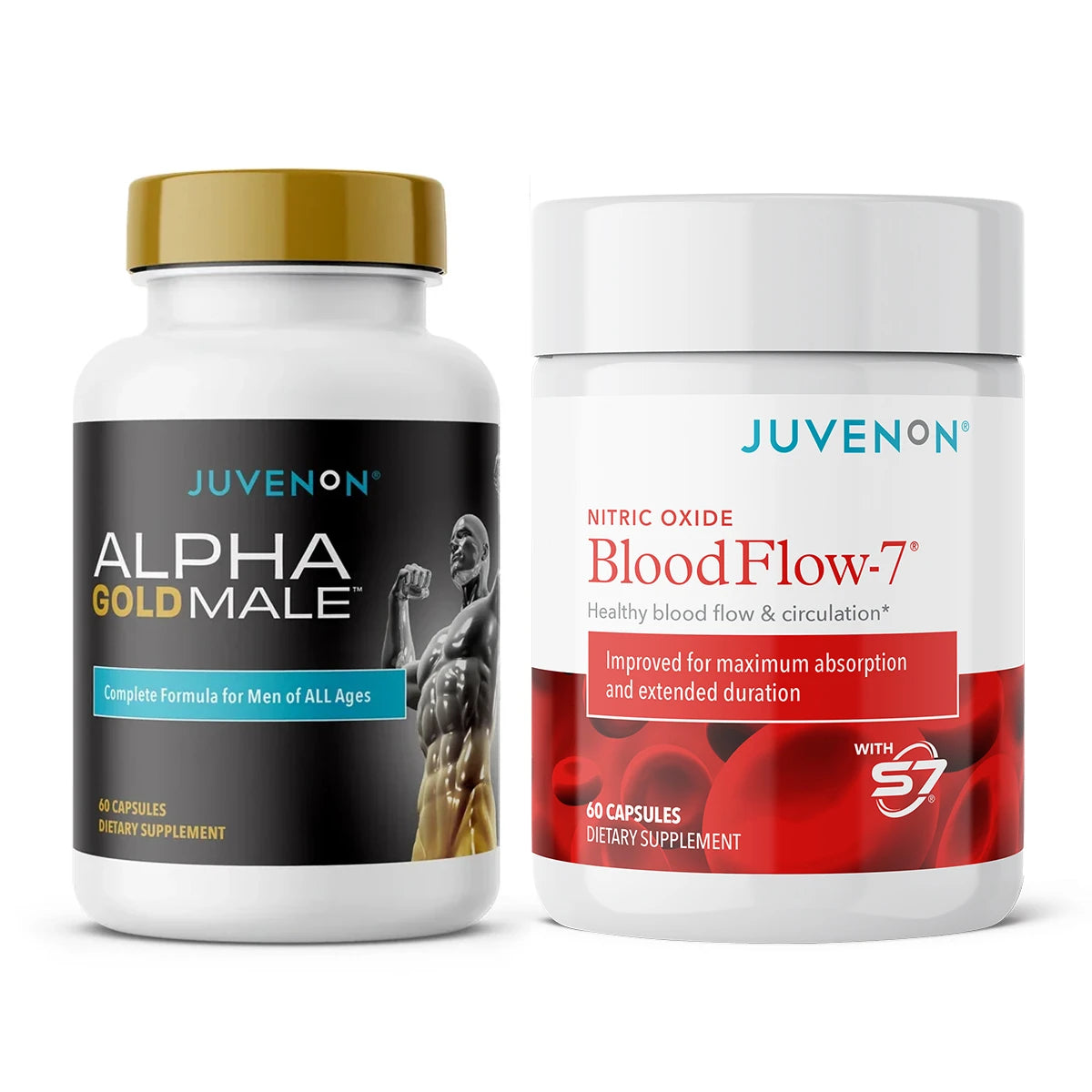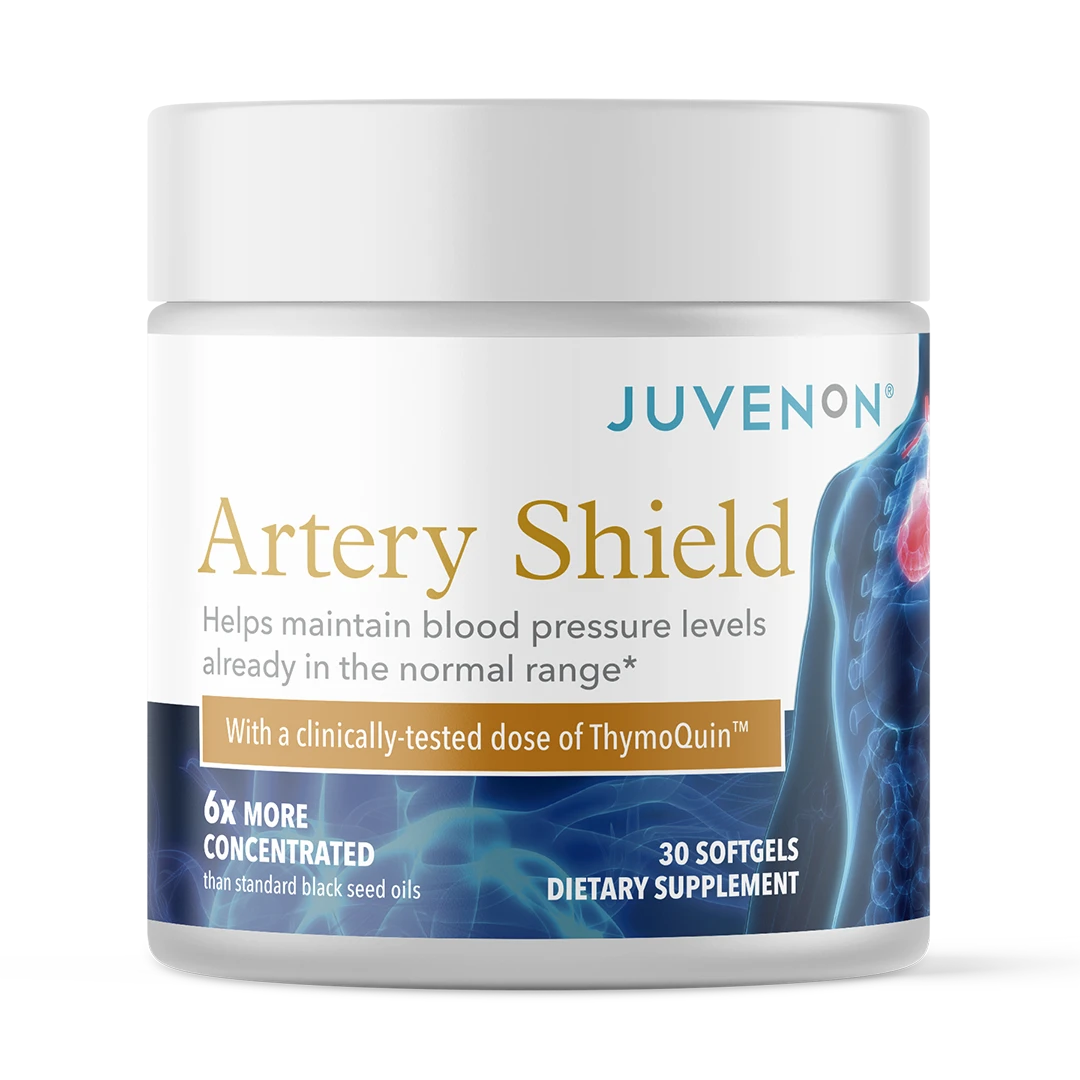
Your body's circulatory system sends blood, nutrients, and oxygen throughout your body. If something restricts blood flow, you will probably experience poor blood circulation symptoms.
Poor circulation is not a condition in itself, but it is a symptom of other conditions. Understanding the causes of your symptoms can help you combat the problem with medication or possibly dietary supplements.
Understanding Poor Blood Circulation Symptoms
Poor circulation is a blanket term that describes inadequate flow to the veins, arteries, or lymphatic system. Symptoms can affect the entire body, but the most common tend to affect the extremities, such as your hands, arms, feet, and legs. Many people do not understand the multitude of ways poor blood flow affects the body.
Numbness and Tingling
Paraesthesia, also known as "pins and needles" or numbness and tingling, occurs when something restricts the blood supply to the sensory nerves. The sensation develops because the nerves are not getting the energy and oxygen they need to send signals to the brain.
Cold Feet and Hands
Your body produces exothermic chemical reactions in various organs. The heat produced from these reactions absorbs into the blood for redistribution throughout the body. Unfortunately, with poor circulation, not every area of the body, particularly the hands and feet, receives enough heat, causing you to feel cold.
Swelling
Poor blood circulation symptoms can include swelling and fluid buildup — edema — in certain areas of your body. Edema is a serious symptom of poor circulation that can stem from heart failure. Symptoms of edema include:
- Stiff joints
- Warm, tight skin
- Pain in affected areas
- Heaviness and swelling
Digestive Problems
Blood flow plays a critical role in digestion. Poor blood flow can cause the collection of fatty matter in the abdomen's blood vessels. The most common symptoms of digestive issues related to poor blood flow are:
- Cramping
- Abdominal pain
- Diarrhea
- Constipation
- Bloody stools
Cognitive Dysfunction
Poor circulation can adversely affect memory, concentration, and other brain functions, according to research. The problems stem from:
- Changes in blood pressure
- A reduction in blood flow to the brain
- A reduction in the amount of blood pumped through the body
Muscle Cramping and Joint Pain
You may experience muscle cramping with poor circulation because necessary nutrients and oxygen are not reaching the tissues as they should. The cramps and pain can worsen after long periods of sitting or standing because you may restrict flow more.
You may also experience joint pain and throbbing in the hands, feet, legs, and arms after experiencing coldness in these extremities. The poor blood circulation symptoms typically stem from circulation returning to the sites.
Fatigue
Poor blood flow restricts nutrition and oxygen delivery, making you feel less energetic. Also, poor circulation forces the heart to work harder than usual, which can lead to exhaustion or fatigue.
Varicose Veins
While varicose veins are common, especially for those who stand for extended periods in their occupations, they can also be a symptom of poor circulation. However, the circulation issue likely only makes existing varicose veins more visible. The veins may make it harder for blood to return to the heart.
Leg Ulcers
When blood circulation is poor, it affects the body's healing ability. Ulcers are more common among people with poor circulation. Ulcers can occur beneath or on the surface of the skin. When they occur beneath the skin, you might notice swelling.
Skin Discoloration
Discoloration of the skin can occur as one of the poor blood circulation symptoms when the restriction affects arterial blood flow. Skin can appear pale, blue, or purple when there isn't enough arterial blood reaching the body's tissues. The areas most often affected are the hands, feet, nose, ears, and lips.
Reviewing the Common Causes of Poor Circulation
Poor blood circulation can stem from various conditions or habits. Some of the most common causes are:
- Atherosclerosis: This is one of the leading causes of poor circulation. Atherosclerosis causes plaque buildup in blood vessels, primarily affecting the arteries. The condition eventually restricts blood flow.
- Raynaud's disease: Affecting 5% of the U.S. population, Raynaud's disease or phenomenon causes the narrowing of blood vessels. Narrowed vessels and restricted blood flow cause many poor blood circulation symptoms, including cold hands and feet.
- Diabetes mellitus: High blood glucose levels stemming from diabetes can cause plaque buildup and damage to blood vessels. Also, diabetic neuropathy can affect a person's heart rate and blood pressure.
- Obesity: Extra weight can increase the risks of varicose veins and blood pressure problems. Also, it can place a burden on the body resulting in circulation problems.
- Smoking: This habit can damage blood vessel walls, interfere with blood flow, and cause plaque buildup in the veins. Also, smoking increases the risks of stroke, heart attack, and cardiovascular disease.
Learning About Diagnosis and Treatment for Poor Circulation
If you are experiencing any of the above poor blood circulation symptoms, consult your doctor. Your physician will take a comprehensive exam, including questions about family medical history and a physical. They will probably also talk to you about your specific symptoms and identify any risk factors.
After the initial exam, the doctor may order tests. Some of the tests include:
- Blood sugar tests
- Blood tests
- Ankle-brachial index
- CT imaging
- Ultrasound
Depending on the underlying cause of circulation problems, your doctor may prescribe medications such as statins, blood thinners, thrombolytics, or blood pressure meds. If medication isn't necessary, your doctor might recommend lifestyle changes, including diet and exercise.
Doctors usually reserve surgeries for severe restrictions stemming from clots or plaque. Your physician will discuss these options with you if necessary.
Reducing Poor Blood Circulation Symptoms With Dietary Supplements
Improving blood circulation often comes down to making healthier lifestyle decisions, such as eating a balanced diet and starting an exercise routine. Diet can go a long way toward relieving poor blood circulation symptoms if you commit to it.
Dietary supplements are also an excellent way to ensure your body receives the nutrients it needs to stay healthy and strong. If you are looking for nutritional supplements to help improve your circulation, make sure you purchase science-backed supplements.
Sources:
-
https://www.medicalnewstoday.com/articles/322371#takeaway
-
https://my.clevelandclinic.org/health/diseases/21882-poor-circulation
-
https://www.healthline.com/health/poor-circulation-symptoms-causes#symptoms
- https://my.clevelandclinic.org/health/diseases/9849-raynauds-phenomenon
-
https://my.clevelandclinic.org/health/diseases/16753-atherosclerosis-arterial-disease
-
https://www.sciencealert.com/watch-what-causes-pins-and-needles
-
https://www.lbc.co.uk/radio/special-shows/the-mystery-hour/human-body/where-does-our-body-heat-come-from-19472/
-
https://www.medicalnewstoday.com/articles/322371#causes
-
https://www.ncbi.nlm.nih.gov/pmc/articles/PMC4294149/

